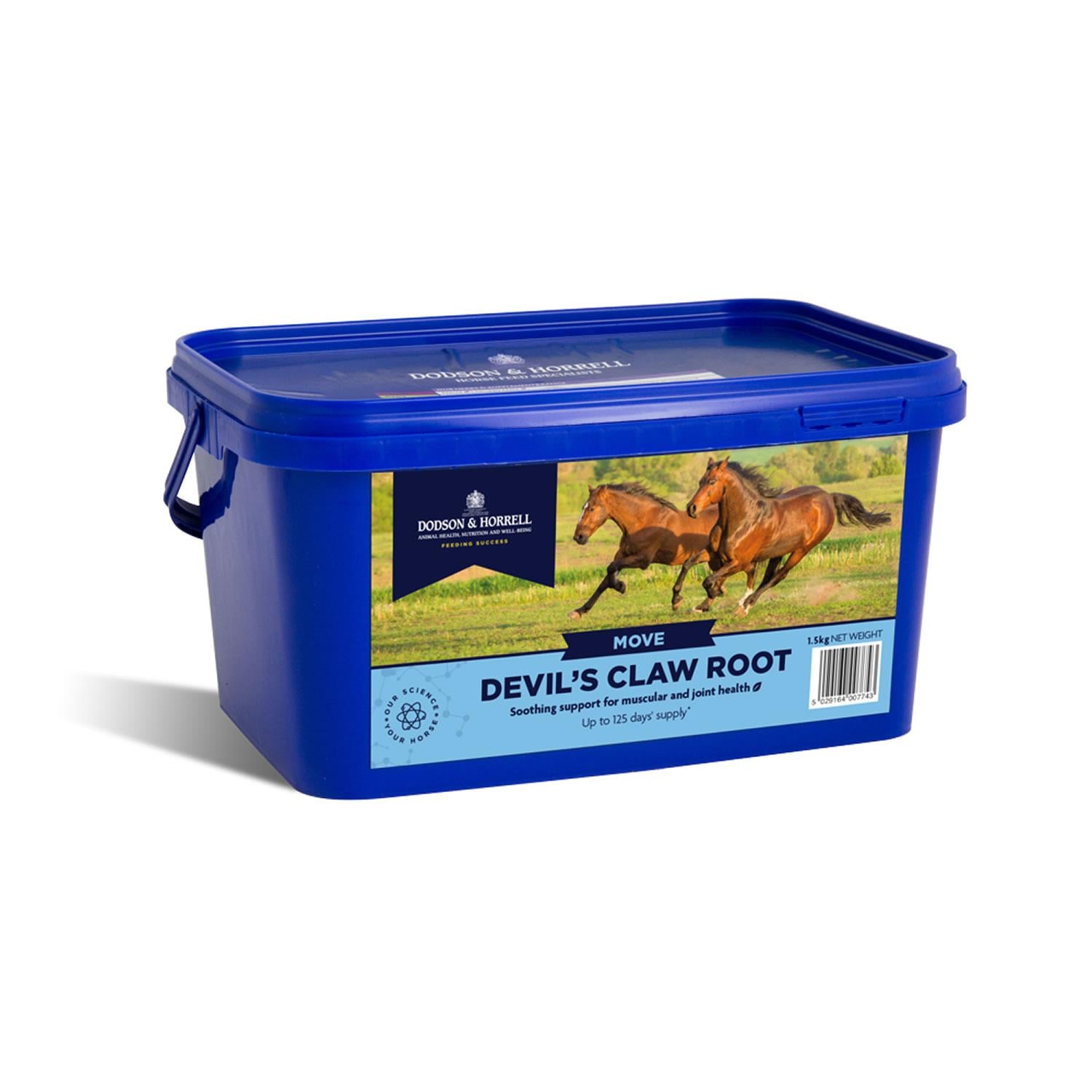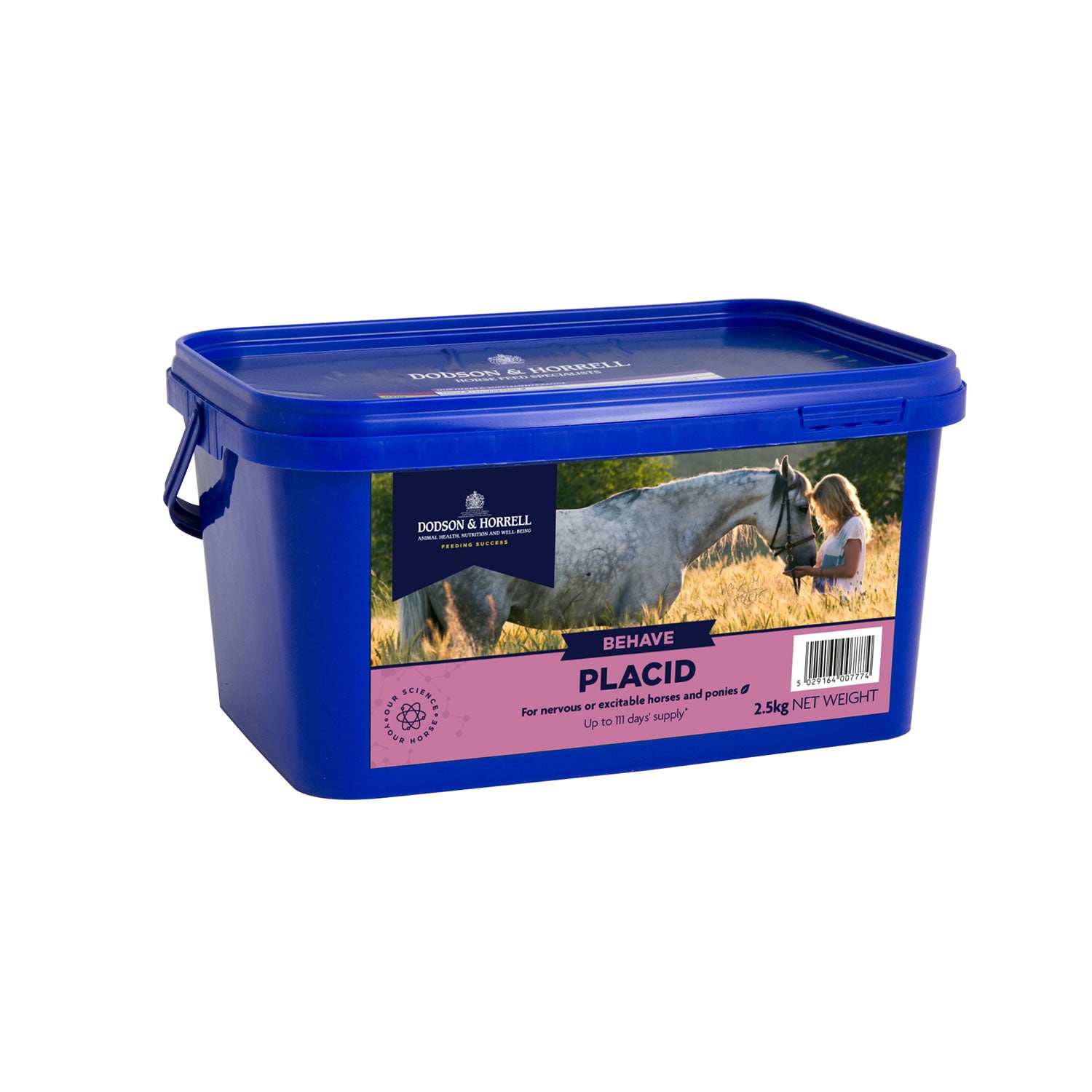Challenges in Equine Antimicrobial Stewardship
In the dynamic world of equine healthcare, antimicrobial resistance (AMR) presents a formidable challenge. This dilemma not only threatens the efficacy of treatments in veterinary settings but also has far-reaching implications for human health. Equine veterinarians are increasingly urged to judiciously manage antibiotics to curb this growing menace. However, the path to change is fraught with hurdles.
Breaking Old Habits
Changing established prescribing practices is easier said than done. Many equine veterinarians, often hard-pressed for time, find it challenging to pivot from accustomed routines to newer guidelines. This inertia is compounded by the availability of potent antibiotics like ceftiofur, classified as highest-priority critically important antimicrobials (HPCIAs). Despite its effectiveness, indiscriminate use is discouraged to preserve its efficacy. Moreover, convincing clients to embrace newer strategies over traditional methods can be an uphill task.
Strategies to Implement Antimicrobial Stewardship
Addressing these challenges calls for a multipronged approach. Here are some strategies that can pave the way for better antimicrobial stewardship in equine practice.
Leveraging Tier Systems
One effective method is the adoption of tier systems. This approach categorizes antibiotics based on necessity and availability of alternatives. According to Clare Ryan, DVM, PhD of the University of Georgia, drugs like ceftiofur should be reserved for specific cases where alternatives fall short. By encouraging the use of first-tier antibiotics whenever feasible, veterinarians can play a crucial role in minimizing resistance.
Small Steps to Big Changes
Change need not be abrupt. Instead, gradual adaptation allows equine practitioners to embrace new practices without feeling overwhelmed. Small, incremental changes, as proposed by Dr. Ryan, can facilitate smoother transitions in prescribing habits, making the process more manageable for the busy veterinary practitioner.
Collaboration and Peer Support
Veterinary professionals can amplify their efforts through collaboration. By developing guidelines in conjunction with peers and holding one another accountable, a unified culture of responsible antibiotic use can be nurtured. Such communal endeavors support the greater goal of fostering prudent antimicrobial stewardship practices. After all, even horses know there's strength in numbers!
Beyond Antibiotics: Exploring Alternatives
In addition to strategic antibiotic use, veterinarians should also focus on nonantibiotic therapies. Preventive measures, such as vaccinations, better husbandry, and robust biosecurity protocols, can drastically reduce infection rates without relying on antibiotics. These methods not only help in tackling AMR but empower a holistic approach to equine health.
Case in Point: Ceftiofur
Examining ceftiofur offers a clear illustration of stewardship in action. Despite its effectiveness against equine infections like Gram-positive respiratory issues, its sporadic use safeguards its long-term efficacy. Practitioners are advised to adhere to a litmus test before considering its use—ensuring necessity, availability of alternatives, and its effectiveness in reaching the infection site.
The Path Forward: Research and Education
As antimicrobial resistance rises, ongoing research and education will remain pivotal. Continuous surveillance and monitoring of antimicrobial use are essential for crafting informed stewardship efforts. Refining guidelines and aligning them with global standards such as those provided by the World Health Organization (WHO) can standardize practices. Moreover, educating horse owners on sensible antibiotic use will foster cooperation and enhance stewardship implementation.
In summary, by embracing strategic changes and cultivating a communal commitment to antimicrobial stewardship, the veterinary community can thwart the risks of antibiotic resistance. This not only ensures the efficacy of treatments for our equine friends but also safeguards wider public health. Remember, effective stewardship is not just a goal—it's a collective responsibility!
References: The Horse, Stacey Oke, DVM, MSc






















